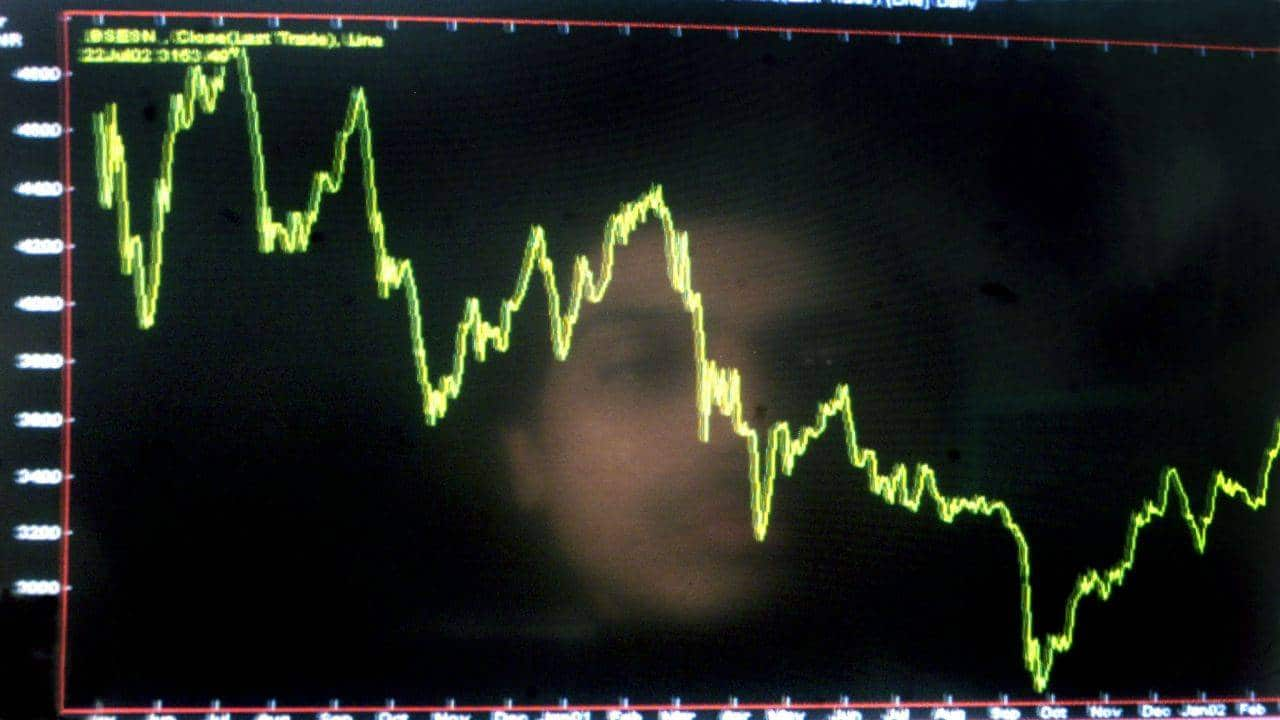Track implied volatility, a handy risk indicator and avoid accidents: Shubham Agarwal
The implied volatility figure indicates the market assessment of volatility and could be higher or lower than the historical volatility.
SHUBHAM AGARWAL | 31-Oct-20
Reading Time: 3 minutes

Time and again there have been discussions on Implied Volatility. It is a veiled yet crucial element of option pricing that has multiple utilities. One such utility we will discuss today is the gauging capability of Implied Volatility of the risk.
Now to make sense out of the reading, the first thing we need to do is understand the computation of implied volatility. The explanation is already available in the name. The word “Implied” explains that it is coming out of something else. And the word “Volatility” is anyways self-explanatory.
We all know that the equity Option Premium is made up of 5 major factors viz. Stock Price, Strike Price, Time to Expiry, Risk-Free Rate of Interest, Volatility (and Dividend Yield but considering futures price instead of cash accounts for it). Now, this volatility is the historical volatility that the underlying has been posting.
Implied Volatility is the volatility figure that the Option Premium trading in the market indicates when we feed in the rest of the 4 factors. Now, why is this important? Because the implied volatility figure indicates the market assessment of volatility and could be higher or lower than the historical volatility . While that is one dimension that can be statistically evaluated and modelled for inferences, the very behaviour of the Implied Volatility compared to the behaviour of the underlying can help get an insight into an upcoming storm.
Let us understand what anomalies we are looking for, to alert ourselves and what do they indicate?
Quite naturally, building something is time-consuming and slow (less volatile in our context), at the same time breaking things (especially equities) is rather fast. So, quite naturally we would often times see the Implied Volatility rising when the underlying is falling and vice-versa.
While this negative correlation between the Implied Volatility and the underlying is well established, it does have some exceptions. In case there is going to be a known event, let us just say results of a company or a policy decision reflecting the rise in implied volatility of some index.
The historical volatility reference would still be low, however, the options would be pricing in higher volatility. The reason is the implied volatility is also discounting the kind of volatility that the underlying may produce over the life of the option, during which it will go through this known event. So, when analyzing implied volatility always look for this particular exception of a known event.
Now, let us get to the key point of the discussion. In situations when the set relationship is showing a positive correlation between the behaviours of the underlying and implied volatility of its closest to the market price options, get alerted.
Empirical evidence suggest that before many major reversals or pullbacks from a rise or a fall the relationship between the implied volatility and the underlying gets distorted. Meaning, when an underlying is falling, suddenly the implied volatility also starts falling, this could mean that the risk assumed by the writers is reducing. There may be a halt in the fall or a reversal in the offing.
Similarly, in a rising underlying regime, incase the implied volatility also starts rising despite no known event (or a source of volatility) insight. This is the time when an alert should be in a place that the risk quotient indicated by the expected volatility via implied volatility is on a rise. There is a sense of acrophobia getting developed among the market participants after a rise.
I do not say, sell everything when implied volatility rises in a rising regime or cut shorts and start buying when in the falling regime, implied volatility also falls. However, one can definitely tighten the horizons, stop losses and place appropriate hedges in place so that any (feared) accidents can be voided.
(The author is CEO & Head of Research at Quantsapp)
Disclaimer: The views and investment tips expressed by investment experts on Moneycontrol.com are their own and not that of the website or its management. Moneycontrol.com advises users to check with certified experts before taking any investment decisions.
Learn and read more about futures price from Quantsapp classroom which has been curated for understanding of sgx nifty future from scratch, to enable option traders grasp the concepts practically and apply them in a data-driven trading approach.
Recent Articles

3 best Options trading strategies for investors: Shubham Agarwal
11-Jan-25

3 Option trading resolutions for 2025: Shubham Agarwal!
04-Jan-25

Biggest mistakes of an Option buyer: Shubham Agarwal
28-Dec-24

Deploy ITM Spreads for expiry week trading: Shubham Agarwal
21-Dec-24

Nifty stuck, Iron Fly to the rescue: Shubham Agarwal.
14-Dec-24

Combat rise in margin by writing with protection: Shubham Agarwal
07-Dec-24

Scale medium-term view with rollovers: Shubham Agarwal!
30-Nov-24

Track Risk Index – India VIX for fall relief: Shubham Agarwal
23-Nov-24

SHUBHAM AGARWAL is a CEO & Head of Research at Quantsapp Pvt. Ltd. He has been into many major kinds of market research and has been a programmer himself in Tens of programming languages. Earlier to the current position, Shubham has served for Motilal Oswal as Head of Quantitative, Technical & Derivatives Research and as a Technical Analyst at JM Financial.
Recent Articles

3 best Options trading strategies for investors: Shubham Agarwal
11-Jan-25 09:40:00

3 Option trading resolutions for 2025: Shubham Agarwal!
04-Jan-25 10:31:00

Biggest mistakes of an Option buyer: Shubham Agarwal
28-Dec-24 09:45:00

Deploy ITM Spreads for expiry week trading: Shubham Agarwal
21-Dec-24 10:26:00

Nifty stuck, Iron Fly to the rescue: Shubham Agarwal.
14-Dec-24 15:12:00

Combat rise in margin by writing with protection: Shubham Agarwal
07-Dec-24 18:53:00

Scale medium-term view with rollovers: Shubham Agarwal!
30-Nov-24 11:11:00











